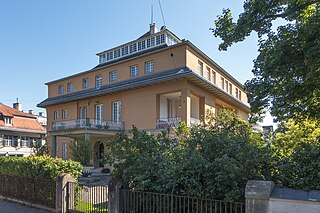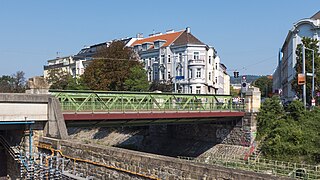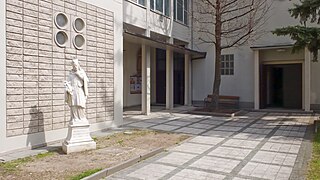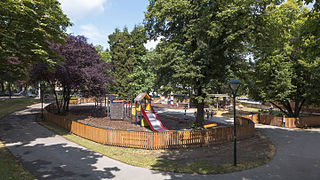Self-guided Sightseeing Tour #20 in Vienna, Austria
Legend
Guided Free Walking Tours
Book free guided walking tours in Vienna.
Guided Sightseeing Tours
Book guided sightseeing tours and activities in Vienna.
Tour Facts
2.1 km
23 m
Experience Vienna in Austria in a whole new way with our free self-guided sightseeing tour. This site not only offers you practical information and insider tips, but also a rich variety of activities and sights you shouldn't miss. Whether you love art and culture, want to explore historical sites or simply want to experience the vibrant atmosphere of a lively city - you'll find everything you need for your personal adventure here.
Activities in ViennaIndividual Sights in ViennaSight 1: Villa Wustl
The Villa Wustl is an originally upper-middle-class townhouse planned by Robert Oerley, built between 1911 and 1914 for Richard Wustl in Vienna, 13th district, at Hietzinger Hauptstraße 40 or Auhofstraße, which runs parallel to it. Previously, the Villa Hügel was located on the once larger property.
Sight 2: Baumgarten-Brücke
The Baumgarten Bridge, named after the Baumgarten district in the 14th district, is a bridge over the Vienna River. It connects the Viennese districts of Hietzing and Penzing and is one of the oldest existing bridges in Vienna and the last parallel truss by Otto Wagner in the outer Vienna Valley. Today, the bridge is only passable northwards, in the direction of the 14th district.
Sight 3: Pfarrkirche Unter St. Veit
The Unter-St.-Veit branch church of the Transfiguration of Christ is a Roman Catholic church in the 13th district of Vienna, Hietzing, district of Unter-St.-Veit, at Sankt-Veit-Gasse 48.
Sight 4: Klimt Villa
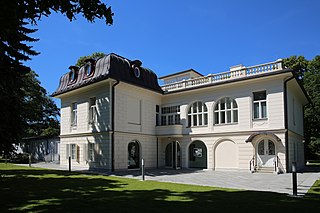
Klimt Villa is a building located in the Hietzing district of Vienna built in the early 1920s upon the last Viennese studio of the painter Gustav Klimt.
Sight 5: Hügelpark
Der Hügelpark ist eine Parkanlage im 13. Wiener Gemeindebezirk, Hietzing; der Park liegt im Bezirksteil Unter-St.-Veit.
Share
How likely are you to recommend us?
Disclaimer Please be aware of your surroundings and do not enter private property. We are not liable for any damages that occur during the tours.
GPX-Download For navigation apps and GPS devices you can download the tour as a GPX file.
